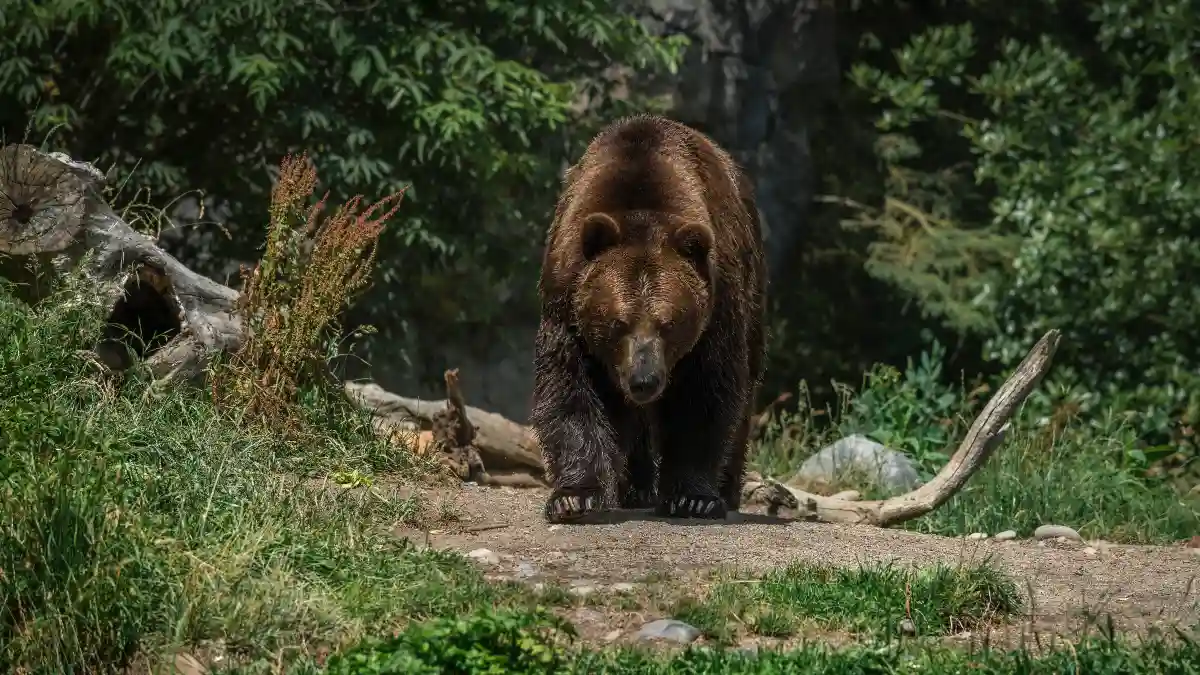Bear attacks remain incredibly rare, but 2025 has already seen record encounters across North America. The difference between survival and tragedy often comes down to split-second decisions and avoiding critical mistakes.
Knowing exactly how to respond to a black bear versus a grizzly could save your life. These species demand opposite survival strategies, yet 70% of attacks involve preventable human errors.
With bear populations expanding their ranges and outdoor recreation booming, your chances of an encounter are higher than ever. These seven deadly mistakes are what wildlife experts say you must avoid at all costs.
1. Running from a Bear
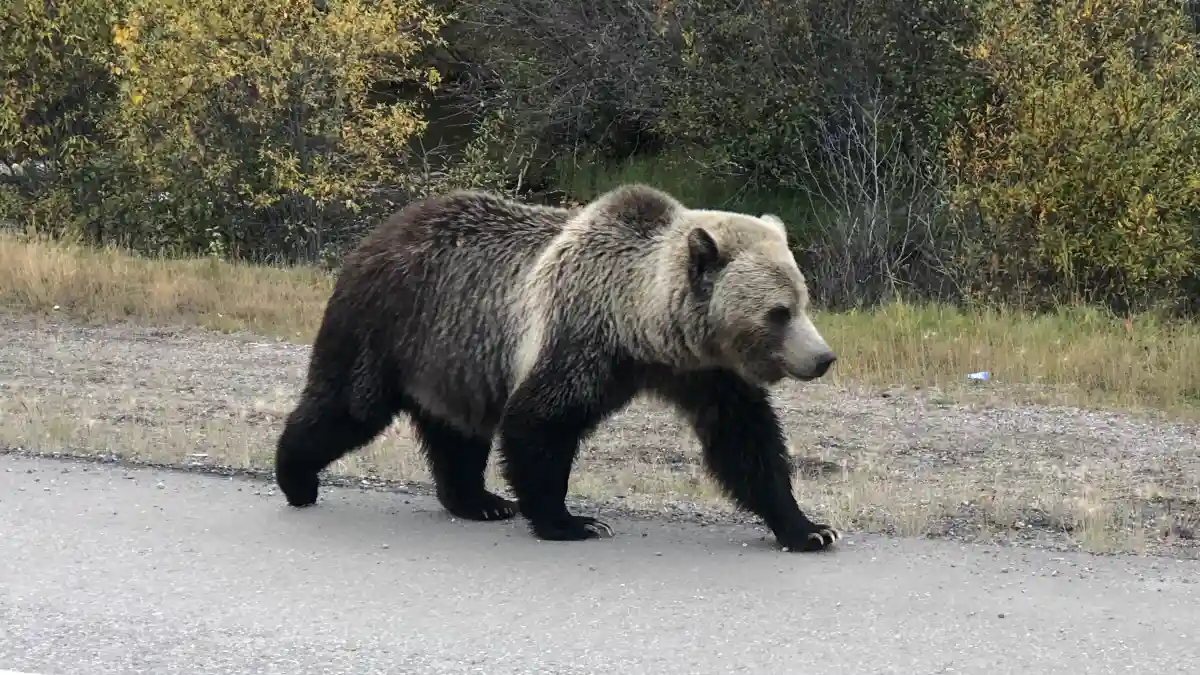
Running triggers predatory chase response.
Bears can run 35+ mph uphill and down—faster than Olympic sprinters. Like dogs, they chase fleeing animals.
Kerry Gunther (Yellowstone Bear Management Biologist): “People who run are statistically more likely to be attacked than those who stand their ground.”
Your brain screams “RUN!” Your survival instinct is WRONG. Running:
- Activates bear’s chase instinct
- You cannot escape (they’re faster)
- You present your vulnerable back
- You lose ability to defend yourself
Stand your ground. Back away slowly while facing the bear. Never turn your back and run.
2. Hiking Alone or in Pairs
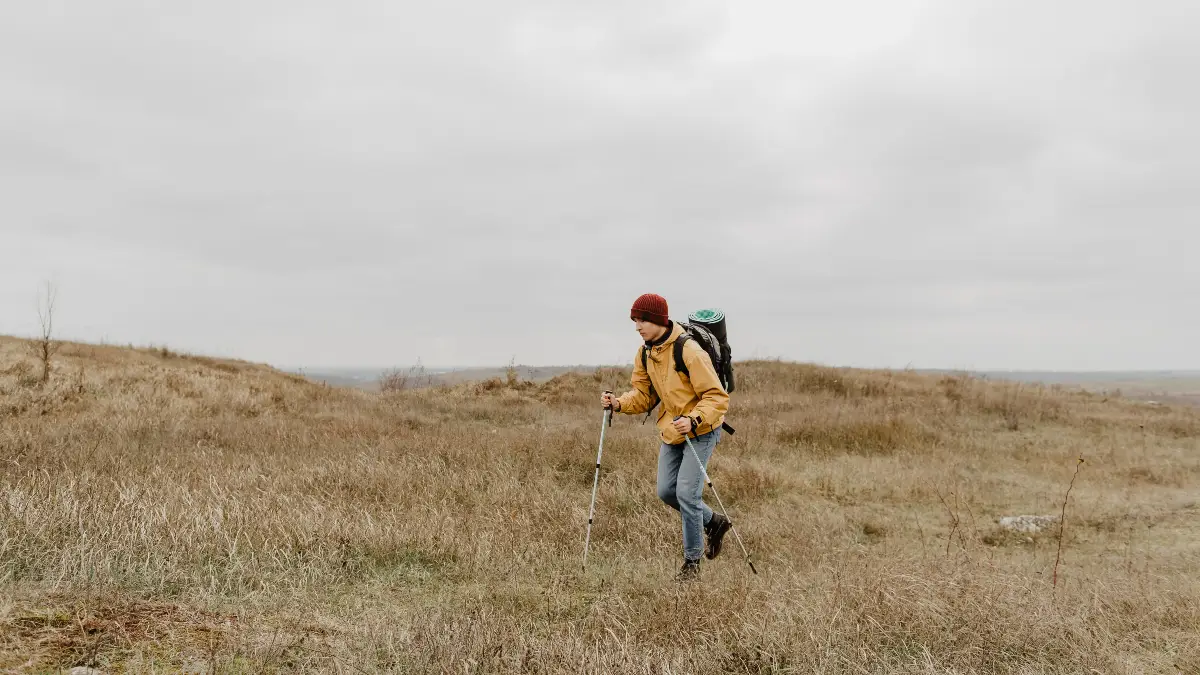
91% of people injured by bears in Yellowstone since 1970 were solo or with only one other person.
Why It’s Fatal:
- Solo hikers are quieter, more likely to surprise bears
- Bears evolved to be risk-averse around larger groups
- Groups of 4+ almost never attacked
September 16, 2025 Yellowstone attack—solo hiker on Turbid Lake Trail surprised a grizzly, sustained chest and arm injuries.
Dr. Tom Smith (BYU): “Groups of 4+ are less likely to be attacked. You can’t outrun them, you can’t outwit them, you can’t out-anything them.”
Always hike in groups of 3-4+ people, stay close together, never let children run ahead.
3. Not Making Noise/Surprising Bears
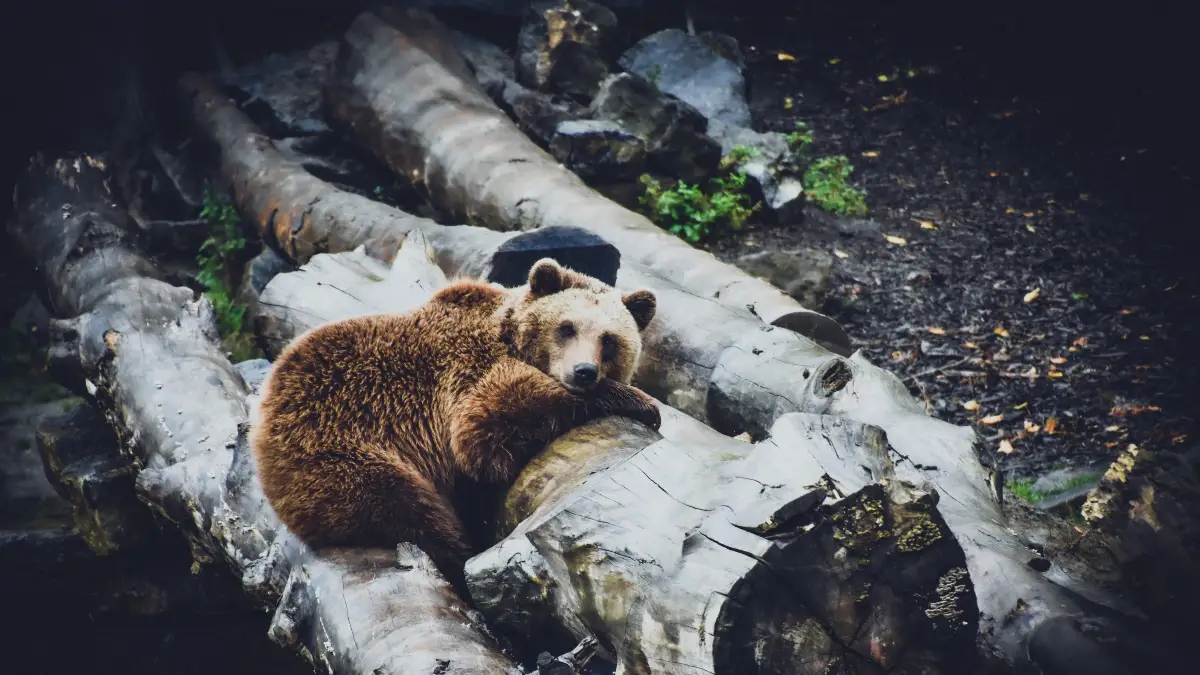
“Almost all recorded bear attacks in the wild have resulted from humans surprising them” (Dr. Tom Smith, USGS).
Common Scenario:
- Hunters in camo moving quietly = highest risk
- Trail runners with headphones
- Hikers near rushing water masking sounds
- Approaching blind corners silently
July 22, 2023—Amie Adamson, solo runner on Montana trail, surprised female grizzly with cub during snow squall. Fatal defensive attack.
Why Bear Bells DON’T Work:
- Tom Smith study: 15 bear groups ignored jingling bells completely
- University of Calgary: No statistical difference in bear response
- Sound carries poorly in wind/vegetation
Use your VOICE. Call “Hey bear!” every few minutes. Clap near blind corners. Talk or sing continuously. Human voice is most effective at 110+ decibels.
4. Using Wrong Defense Strategy for Species
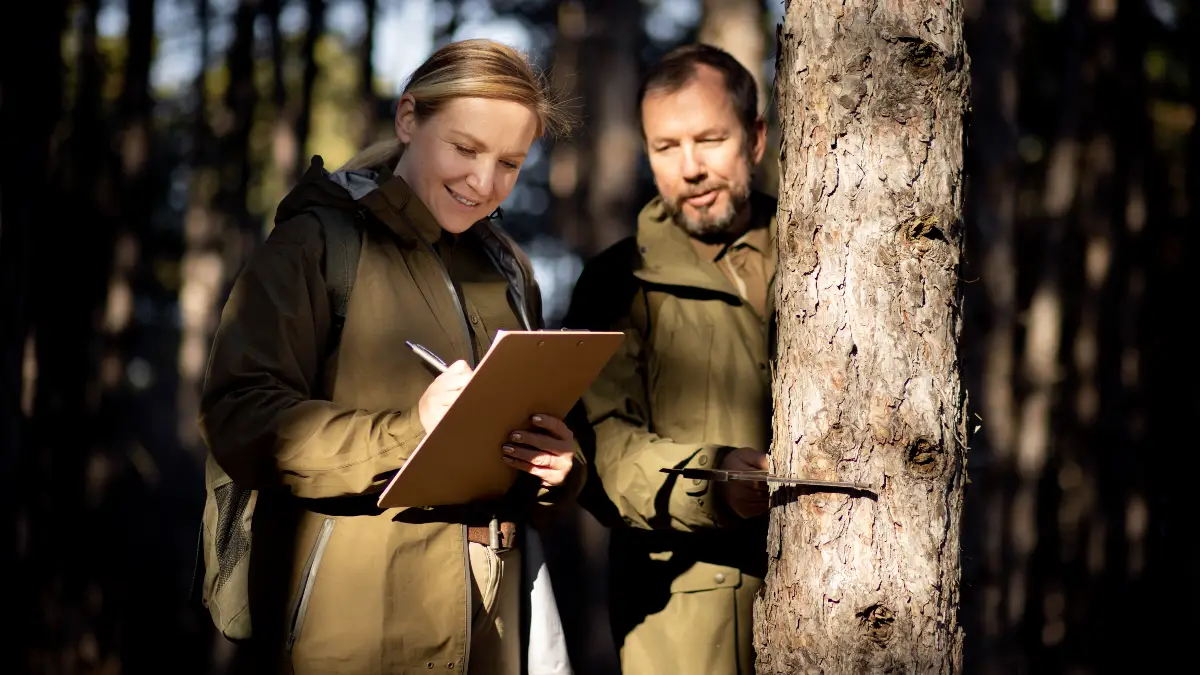
Black bear vs. grizzly defense strategies are OPPOSITE.
The Rule:
- BLACK BEARS: Fight back aggressively. NEVER play dead.
- GRIZZLY/BROWN BEARS: Play dead (defensive attacks only).
Why It Matters:
- 88% of fatal black bear attacks are predatory (Stephen Herrero research)
- Playing dead with predatory bear = easier prey
- Fighting defensive grizzly = escalates attack
Kerry Gunther: “You can be more confrontational with black bears, which are relatively docile. Grizzlies aren’t so easy. They have an aggressive nature, and if you use the same behavior back at them, you could make the situation worse.”
If ANY bear attacks in your tent or stalks you—FIGHT BACK (predatory behavior, any species).
The Fix:
- Identify the species BEFORE your trip (know what lives there)
- Learn the identification features (shoulder hump, face profile)
- Remember: “If it’s brown [grizzly], lie down; if it’s black, fight back”—BUT this is oversimplified; attack type matters more
5. Storing Bear Spray Inaccessibly

Bear spray buried in backpack is useless when you have 2-3 seconds to react.
The Reality:
- Bears can cover 30 feet in under 2 seconds
- You need spray in hand when bear charges
- Fumbling with pack straps = no time to deploy
Emily Carrollo (PA Game Commission): “One of the major mistakes people make—they throw it in the bottom of their bag. You need access to it very quickly. Carry it in your pants pocket, in a hip holster, on your backpack strap.”
The Fix:
- Carry spray in chest or hip holster
- Practice draw and deployment BEFORE trip
- Every person in group should have their own can
- Consider carrying TWO cans (Todd Orr recommendation after surviving two attacks)
6. Improper Food Storage

Food-conditioned bears are significantly more dangerous and often euthanized.
Can detect food from 20+ miles away—7 times better than bloodhound.
Critical Errors:
- Storing food in tent (attracts bears to sleeping area)
- Leaving food in vehicles with windows cracked
- Not storing scented items (toothpaste, deodorant, sunscreen)
- Cooking near tent site
- Burning food scraps (smell remains)
Food-conditioned grizzly killed bicyclist sleeping near food in panniers. Bear had been rewarded for human food-seeking behavior.
The Fix:
- Use IGBC-approved bear canisters (required in many areas)
- Store ALL scented items 100+ feet from tent
- Cook 100+ yards downwind from sleeping area
- Use “triangle method”: sleep, cook, store in three separate locations
7. Getting Between Mother and Cubs

47% of grizzly attacks worldwide involve females with cubs (brown bear study, 2000-2015, n=664 attacks).
Why It’s Fatal:
- Maternal defense is primary grizzly trait
- Mother perceives you as threat even at 50+ yards
- Attack is swift, violent, and often results in serious injury
- Mother may continue attack until threat neutralized
Same female grizzly with cub killed:
- July 22, 2023: Amie Adamson (Montana runner)
- October 29, 2024: Tad Fujioka, 50 (Montana)
- DNA confirmed same bear involved in 2020 Idaho attack
- Bear finally euthanized after breaking into home
Warning Signs:
- Cubs in trees (mother nearby)
- Cubs crossing trail
- Woofing/huffing sounds (mother warning)
The Fix:
- If you see cubs, leave area immediately
- Never approach for photos
- Make wide detour (100+ yards if possible)
- Back away slowly while monitoring for mother

